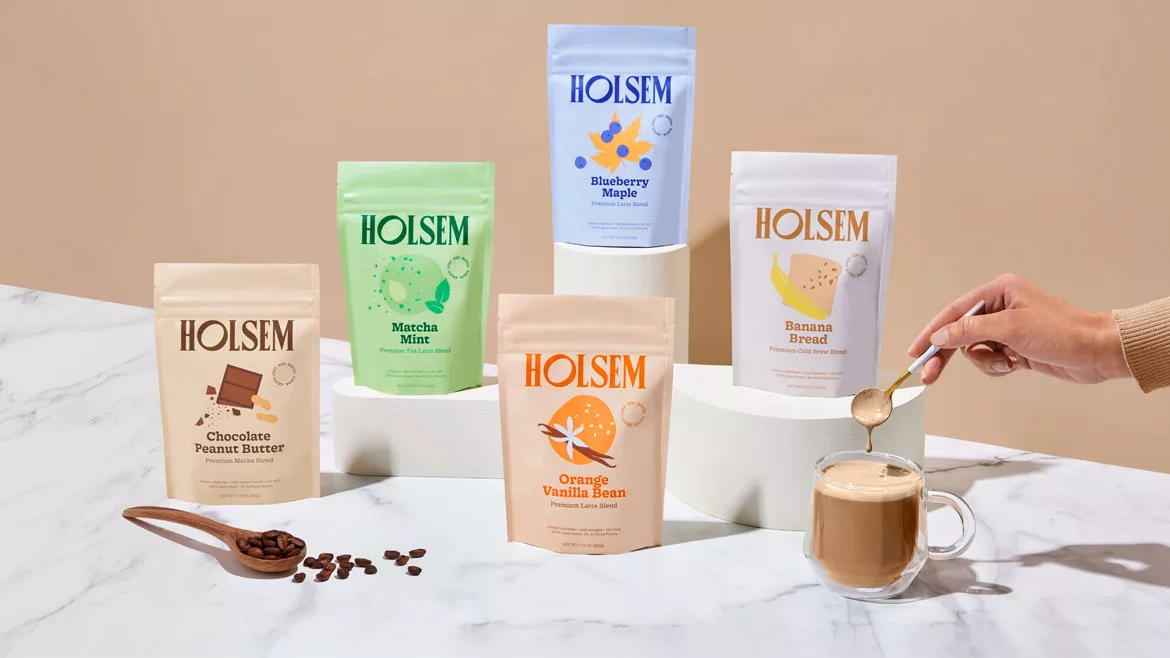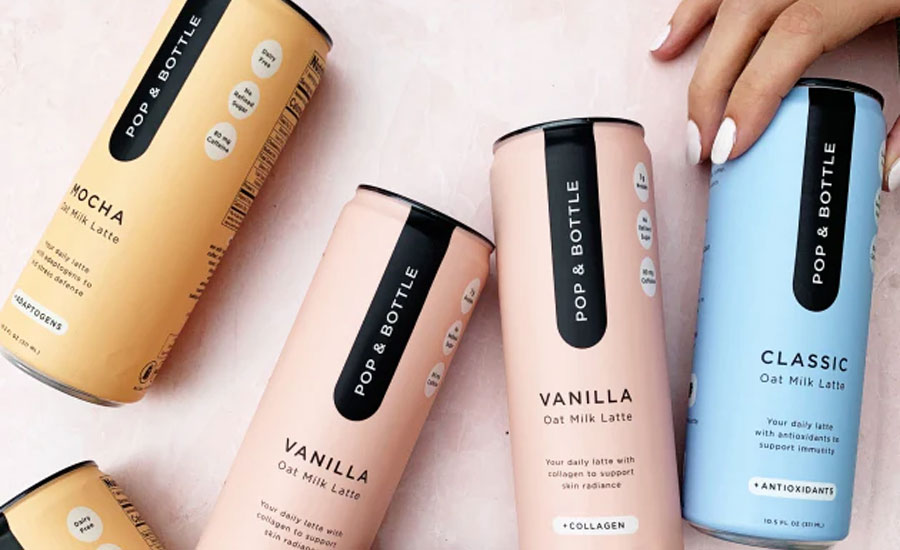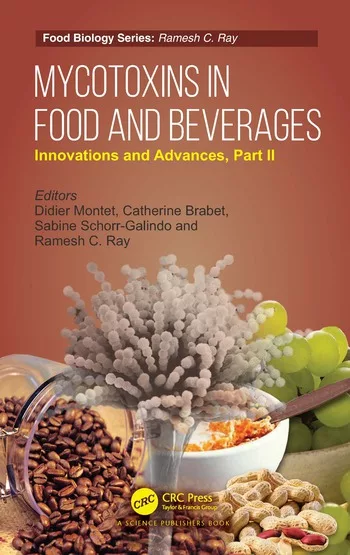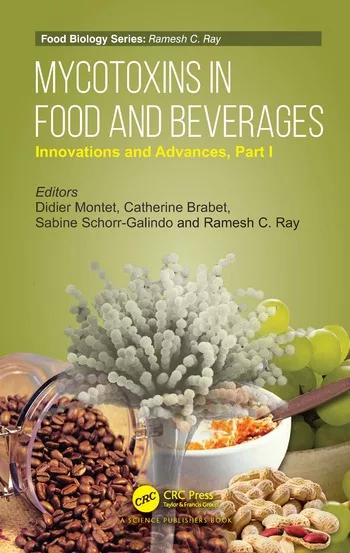Ingredient Spotlight
Consumers can’t get enough coffee
Functionality is key when it comes to coffee as an ingredient

Image courtesy of Holsem Coffee
Three kindergarten girls were created by scientist Professor Utonium in Cartoon Network’s “The Powerpuff Girls.” In the series, which ran from 1998 to 2005, the three girls — Blossom, Bubbles and Buttercup — fight criminals in the city of Townsville. When creating the girls, Professor Utonium uses the ingredients of “sugar, spice and everything nice.” He accidentally adds Chemical X, which is the ingredient that gives the girls their powers.
While it can certainly feel like it gives you superpowers, coffee has become an increasingly popular ingredient in beverages.
Philip Caputo, marketing and consumer insights manager for Brooklyn, N.Y.-based Virginia Dare, says that, for many, coffee is a morning staple — whether it be in the form of a hot mug or a to-go tumbler.
“Consumers will always have an affinity for the morning cup of Joe, but new flavors and ingredients are propelling rapid growth in both the coffee and coffee creamer categories,” he says. “There’s been a steady increase in demand for healthier, more functional coffee beverages the past several years, and we’ve seen this ramp up even more through the pandemic.”
Hilary Hursh, director of applications at Finlays America, Lincoln, R.I., notes how consumer trends are impacting the use of coffee ingredients in beverage development.
“Coffee is a versatile ingredient that we have seen used in several consumer trends in beverage, including natural energy, sustainability, responsible sourcing, indulgent and nostalgic flavors, and new flavor experiences,” she says.
As more beverage categories add coffee extracts and concentrates beyond the ready-to-drink (RTD) sector, beverage-makers have the opportunity to move past the traditional coffee market.
“Coffee has always paired well with dairy, but is also excellently complemented by plant-based dairy alternatives and plant-based protein products,” Hursh continues. “Pairing protein with the natural energy that coffee brings is a good fit for morning meal replacements, pre-workout and afternoon pick-me-up beverages.”
Nina Hughes, vice president of marketing at Javo Beverage Co. Inc., a division of Eustis, Fla.-based Florida Food Products, says that younger consumers are drawn to cold brew coffee.
“Cold brew concentrates that allow consumers to customize their beverages are gaining popularity,” she says. “Pop & Bottle, the female-founded coffee company known for its premium, organic, dairy-free Oat and Almond Milk Lattes, expanded its offerings with a line of Super Concentrates.”

Image courtesy of Pop & Bottle
Virginia Dare’s Caputo says that people’s love for coffee has fueled the array of coffee extracts and concentrates appearing outside of traditional RTD coffee settings.
“Among those are plant-based dairy alternatives, nutritional drinks and alcohol-based drinks,” he notes. “Coffee shops are a great opportunity for consumers to explore different bean origins, blends, milks and more — and brands can capture these same experiences in RTD options that consumers can enjoy at home or on-the-go.”
Brewing the next big trend
Recent coffee processing crazes, such as cold brew and nitro-infused, are impacting the coffee ingredient market.
Finlays’ Product Marketing Manager Stephanie Thornton says that cold coffee beverages “have created multiple day part drinking occasions,” with consumers enjoying their favorite coffee drinks at all times of the day.
“This has changed how suppliers of coffee extracts interact with the marketplace dramatically,” she explains. “Prior to the cold coffee craze, coffee extract suppliers predominantly provided the market with highly concentrated coffees to be used as minor ingredients in energy drinks and popular QSR frappes.”
This has pushed the coffee suppliers to supply “finished solutions,” Thornton adds, which means not only do coffee suppliers have to extract and supply coffee ingredients, but they must also “have the capability and expertise” to package coffee in its final-use container.
Virginia Dare’s Caputo says RTDs with functional benefits are trending, too. Anti-inflammation, brain health and other wellness outcomes are driving consumer interest in functional RTDs.
“For instance, RTD coffee beverages that are infused with functional ingredients to deliver nutritional claims are popular, as consumers want multi-benefit, multi-purpose products,” he explains. “Wellness-related ingredients like protein, antioxidants, fiber, turmeric, ginseng, maca, mushrooms, CBD/CBG, and probiotics are among the exciting new options making their way into the coffee space.”
Caputo also notes that, when it comes to pairing coffee with other flavors, beverage makers are “getting creative.”
“While traditional flavors like vanilla, mocha, caramel and hazelnut have appeared alongside coffee most frequently, we’re starting to see more brands look at elevating flavors (instead of a caramel, how about a caramel banana flambé?), sophisticated hybrid flavors, sweet spices, global fusions, botanicals and more,” he says. “Helping match unexpectedly delicious flavors is our favorite thing to do at Virginia Dare, so we always welcome anyone working with coffee ingredients to brainstorm with us.”
Finlays’ Hursh notes that traditional coffee flavors — like vanilla, caramel and mocha — continue to be popular, but there has been a shift toward “more indulgent spins on these classics,” like birthday cake, crème brûlée and chocolate brownie.
In terms of RTDs, Caputo adds that brands may benefit from pairing craft cold brews with unique flavor profiles.
“Possibilities include torched caramel, crème brûlée mocha, blackstrap praline and more,” he says. “The RTD coffee category is ripe with opportunity for hybridization, from kombucha coffee to spiked coffee to coffee cream liqueurs and beyond.”
Javo’s Hughes adds that coffee RTDs are being launched in a variety of flavors and functionalities.
“Alani Nu, a ‘better-for-you’ brand, added RTD Alani Coffee to its portfolio,” she notes. “Alani Coffee is a blend of cold-brewed coffee and cream in four flavors: Cappuccino, Maple Donut, Mocha and Vanilla. The drinks are gluten-free, high in calcium, and low in fat and cholesterol.”
Additionally, “nitro is gaining popularity fast,” Hughes says, citing Grand View Research’s estimate that the nitrogenated coffee market will hit $51.1 million by 2025.
When it comes to ingredients, Hughes points out that consumers are becoming increasingly concerned about their health and environmental issues. Consumers are turning to organic products, which come from farms that emit less carbon, she says.
“As a bonus, organic coffee beans are richer in healthful antioxidants, and many people can even taste the difference,” she explains. “The demand for organic coffee ingredients and farming methods has increased. Globally, the organic beverage market is projected to grow at the rate of 8.3% during the forecast period 2018-2023.”
Fighting supply chain issues
Finlays’ Thornton notes that, because of rising costs across the supply chain, demand for organic and other certified ingredients is on the decline. She says that producers have placed an emphasis on flavors to win over consumers.
“While we have seen supply chain disruptions begin to stabilize since the COVID-19 pandemic, suppliers are still battling raw material and freight price increases of 5-10%, lead times that have doubled and frequent delays due to congested ports or truck/driver availability,” she explains. “We are communicating more than ever with our vendors and customers so that we all understand each other’s needs and capabilities to fulfill orders. Additionally, we carry heavier inventories on strategic low risk items/categories.”
Javo’s Hughes also says that the global coffee sector has been impacted by supply chain issues, from the ongoing effects because of the pandemic to adverse weather events in coffee producing countries such as Brazil and Colombia.
“Delays have been steadily decreasing, but the ocean logistics still remains a challenge as space available on vessels, route changes and shipping charges have been fluid, causing unbelievable price increases,” she says. “Defaults have been reported. Javo has not had any defaults. Although delays have been minimized, we still need to be vigilant.”
Hughes adds that Javo has implemented a program to mitigate the pull from supply and demand, working with multinational traders “who have the sufficient organization capability” at origin and destination. Additionally, these traders must have financial stability and experience “to ensure that the commodity flow is managed appropriately” to satisfy contractual obligations, she says.
Looking for a reprint of this article?
From high-res PDFs to custom plaques, order your copy today!








